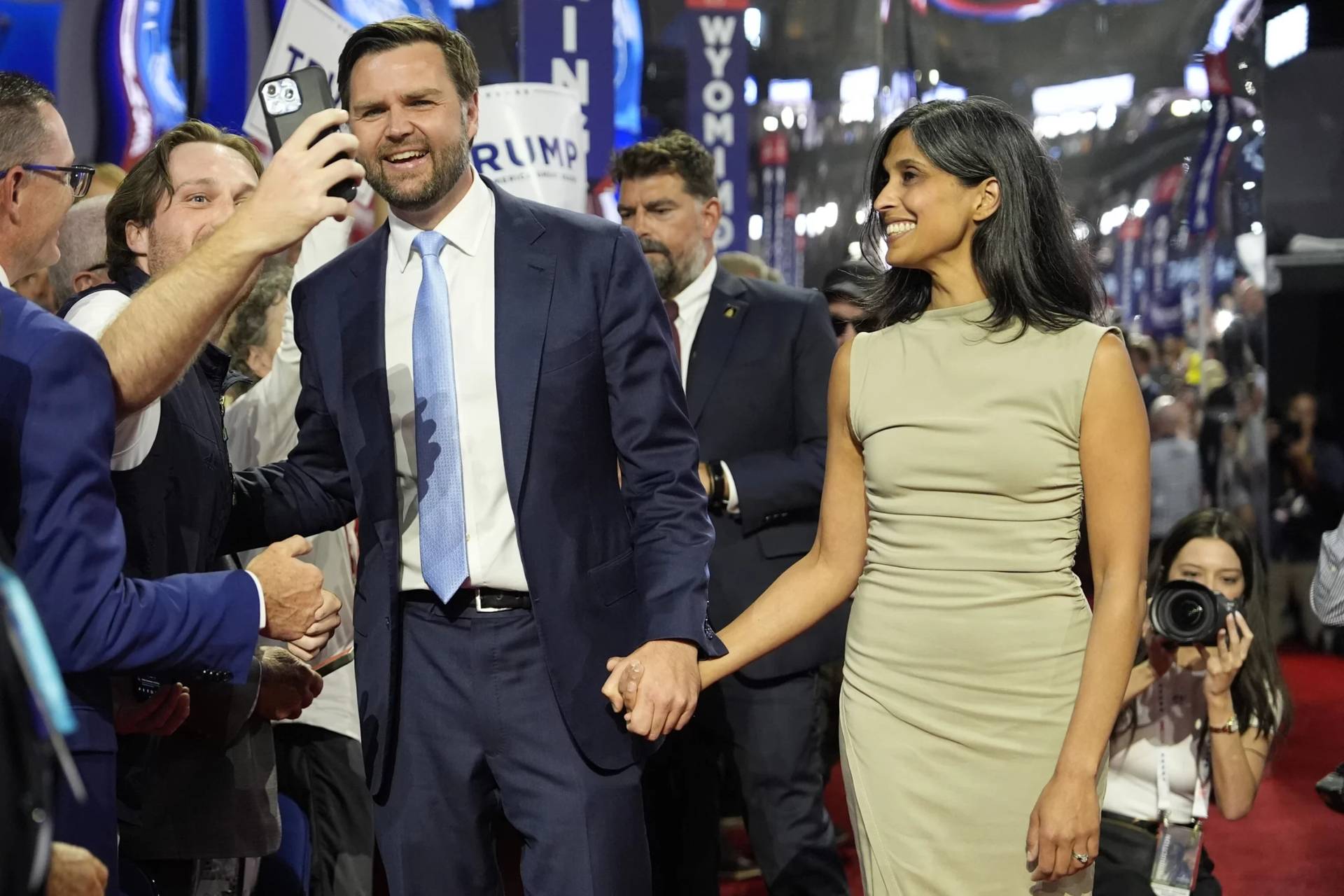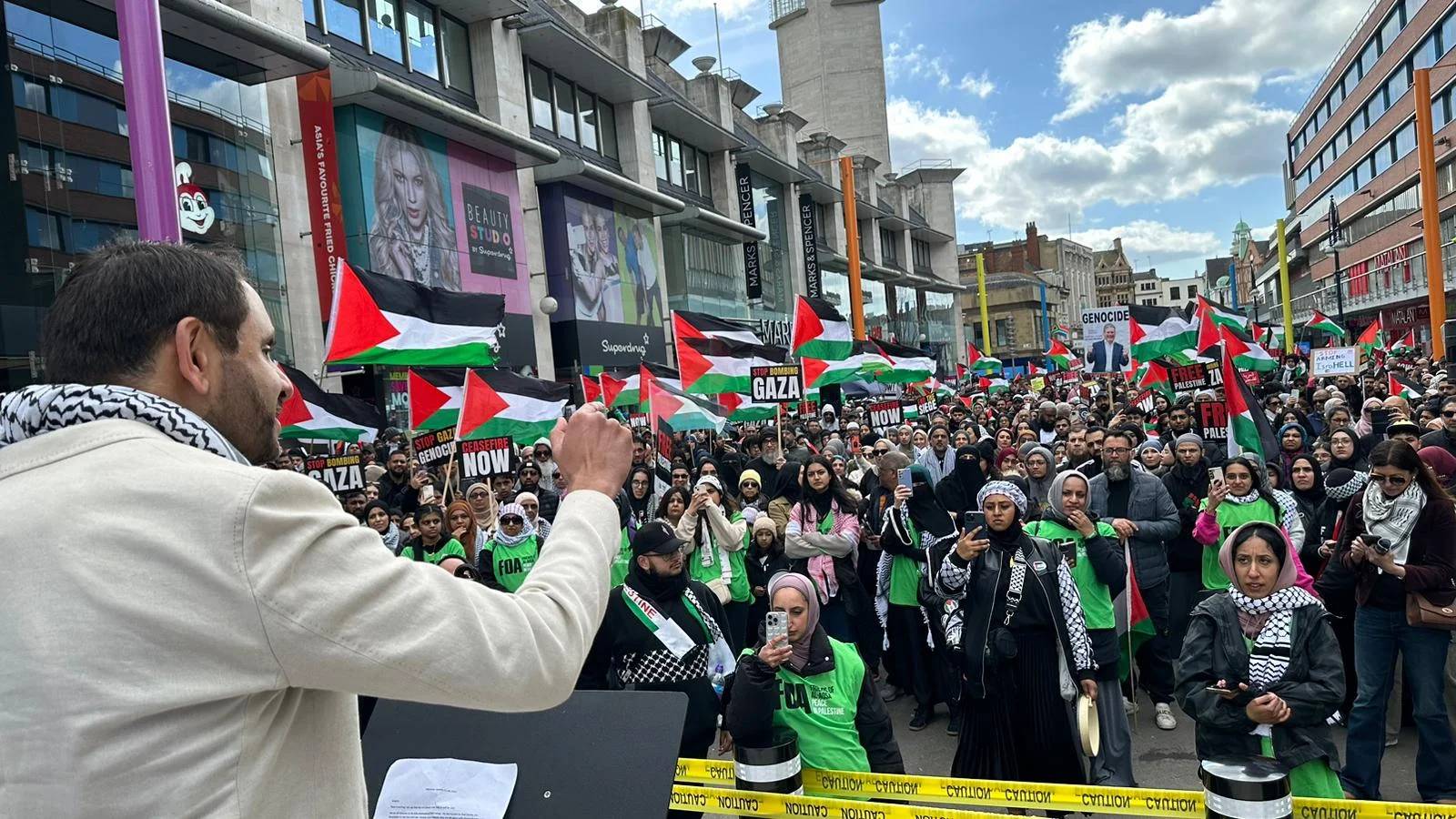ROME – Here’s a pop quiz for all those Church affairs junkies out there. Who are the presidents of the following bishops’ conferences around the world?
- Mexico
- Brazil
- The Philippines
- Germany
- Poland
The correct answers are:
- Cardinal Francisco Robles Ortega, Archbishop of Guadalajara, in Mexico.
- Cardinal Sérgio da Rocha, Archbishop of Brasilia.
- Archbishop Socrates B. Villegas of Lingayen-Dagupan in the Phillipines.
- Cardinal Reinhard Marx of Munich in Germany.
- Archbishop Stanisław Gądecki of Poznan in Poland.
Don’t feel bad if you didn’t do especially well, even if the countries above include the three largest Catholic nations in the world and two of the pacesetter Catholic societies in Europe. I got 3 out of 5, which is 60 percent — barely scraping across the “D’ threshold in American schools.
The reality is, in most parts of the world, bishops’ conferences may have an important role domestically, but it’s not an office of much obvious international interest.
However, there is one towering exception to that rule, or at least there has been traditionally, which is Italy. The president of the powerful Italian bishops’ conference, known by its acronym of CEI, has for the last quarter-century or so been seen as the de facto pastoral embodiment of the vision of the current pope, meaning he sets a tone for what a diocesan bishop cut from the pope’s cloth is supposed to look like.
Moreover, because so many bishops around the world have lived in Italy, or worked or studied here, they tend to be highly plugged-in to the Italian scene. It’s a good bet that probably 98 percent of the world’s bishops could tell you the name of the president of their own conference, and perhaps 60 percent or so could identity the leader of the Italian conference.
After that, the numbers would drop off dramatically.
In part, too, the tendency to draw a straight line between the pope and the CEI president is due to the fact that the pontiff appoints him, rather than being elected directly by his fellow bishops, so there’s a natural tendency to think he comes with the pope’s seal of approval.
From 1991 until 2007, Cardinal Camillo Ruini, who was also the Vicar General of Rome, served as CEI’s president, and was widely seen as the pastoral embodiment of John Paul’s muscular, “be not afraid” style. He wasn’t content to capitulate to secularism, but believed in his bones that the Church could fight and win cultural battles in the here-and-now.
Likewise, Cardinal Angelo Bagnasco of Genoa, who succeeded Ruini was seen as an ideal pastoral application of Benedict XVI – a bit more low-key, less ubiquitous, less “John Wayne”-esque bravado, refined and sophisticated, deeply committed to the defense of classic Catholic identity but in a dialogic and basically gentle fashion.
All of that brings us to Cardinal Gualtiero Bassetti of Perugia-Città della Pieve, who was announced on May 24, the same day as the pontiff’s summit with President Donald Trump, as the new president of the Italian bishops’ conference.
In this case, Francis had asked the bishops to give him a list of three names, from which he made the selection. According to the Vatican newspaper L’Osservatore Romano, Bassetti was the first of those three names. (Francis also extended his term as archbishop, even though Bassetti has already reached his 75th birthday.)
By all accounts, Bassetti is positioned to play the same role under Francis that Ruini and Bagnasco did under the popes who named them. Here’s his vision of the bishop’s role today: “I want to visit factories and hospitals, because as the Pope says, we must ‘be pastors with the odor of sheep.’ This is the time to roll our sleeves back.”
Bassetti has been praised for his concern for the excluded and marginalized, including immigrants and refugees, the poor, and the unemployed, all vintage Pope Francis themes.
In 1994 he was consecrated Bishop of Massa Marittima-Piombino. While there, he supported a group of steelworkers in Piombino who were facing difficulties because of a company crisis. In Perugia, he’s sent numerous messages on problems such as workplace deaths, the lack of employment opportunities, and social plagues such as prostitution and addiction to alcohol, drugs, and gambling.
He is, in other words, the kind of pastor who believes in getting out of the sacristy and into the street, very much in keeping with this pope’s style.
Granted, it may be less critical how Bassetti interprets Francis, because in many ways the pontiff already has his man in the Italian conference – Bishop Nunzio Galantino, lifted out of obscurity by the pope and made secretary of CEI in December 2013.
Still, the president is the president, and how he leads matters.
As a footnote, Pope Francis will have a chance to demonstrate that these ways of doing business are complementary rather than contradictory while visiting Genoa this Saturday.
If he does to Bagnasco what he was perceived to have done while visiting Mexico in February 2016 – which was holding Cardinal Norberto Riverra Carrera, once-powerful under John Paul II and Benedict XVI, at arm’s length, appearing much warmer and more enthusiastic about other Mexican prelates – then it may accent the impression in some quarters that Francis is trying to “roll back” the legacy of his predecessors.
However, if he appears gracious and respectful, finding occasions to voice appreciation for Bagnasco’s contributions, then the take-away may be that Francis is not so much trying to reverse what came before but to round it out.
Once that’s done, attention will turn to Bassetti and his imprint on CEI. Across the Catholic landscape, those with ears to hear and eyes to see will be listening and watching.
















